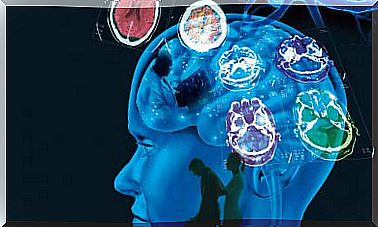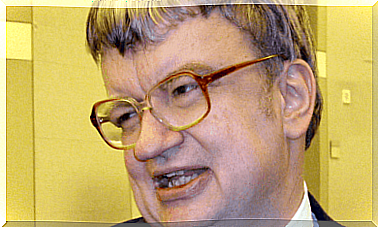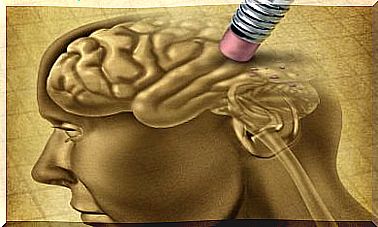Motivational Interviewing For Addictions

Motivational interviewing is a psychological resource designed by Miller and Rollnick in 1991. In the context of addictions, the motivation to make a change is a fundamental aspect that must be taken into account from the moment the patient enters a consultation.
It is very common that people addicted – whether to substances, to people or to new technologies – are unaware of their problems. They tend to deny that they have a problem, they consider what they are doing to be completely normal, and therefore they see no reason to give up their addiction.
In addition, it is very common for them to have a prejudice called “illusion of control”. They believe that they have perfect control over their behavior, when in reality they are not capable of it.
However, if the person is not motivated to change, treatment fails. This is why motivational interviewing is essential: it is the gateway to treatment. It addresses the issue of lack of motivation in subjects who, according to the transtheoretical model of Prochaska and Di Clemente, are in the phase of pre-contemplation or contemplation.
That is, people who believe that they don’t have a problem and that they don’t want to change – even if they really do. And those who are starting to perceive that some problematic behaviors may need to be changed.

Motivational interviewing strategies
Motivational interviewing is made up of a series of strategies that have been shown to be effective in promoting behavior change. There are eight:
- Provide information and advise. It is important to provide the patient with information that he understands and that is scientific and objective. To do this, we need to identify that you are suffering from a serious problem that has risks and consequences.
- This is not to instill fear in the patient, but to provide him with truthful information that he may not know. The patient should understand the reason for the need for change and it is necessary to facilitate the option that this change can be made.
- Remove obstacles. Help the patient to be able to undergo treatment and not to find excuses not to do so. Getting a brief intervention in a short period of time, instead of a long waiting list, facilitates adherence and involvement in therapy.
- Provide different options for the patient so that they can choose. The patient should feel free to choose the option he wishes to take. The feeling that he has chosen for himself, without coercion and without outside influences, increases his motivation to change.
- In therapy, it is important for the patient to clarify the goals he wishes to achieve and to visualize whether his choices lead him to these goals. Its active role is reinforced.
- Decrease the factors that make addictive behavior desirable. The addiction is maintained, because the patient receives positive consequences. Therefore, it is necessary to identify them in order to eliminate them or reduce them as much as possible.
- Among the procedures to limit these factors is the awareness of their harmful consequences or social contingencies which decrease the positive consequences and increase the negative consequences. It is also very important to do a benefit and harm analysis or a cost benefit analysis.
- Promote empathy. Resistance to change is very common in drug addict patients. Empathy and active listening help to eliminate this resistance. Because the patient feels more inclined to make changes.
- To give his opinion. The therapist must provide information to the patient about how he sees him, what he thinks he has accomplished, the risks or the consequences. This affects the maintenance of motivation and promotes self-efficacy.
- Clarify the objectives. It is necessary to propose realistic objectives, achievable and accepted by the patient. Otherwise, they will be rejected and motivation will decrease.
- Offer active help. Although it is always the patient who decides whether or not to treat, the role of the therapist is important. When the patient is not coming for treatment, making a phone call or asking someone else on the ward to look into the reason for their absence increases the likelihood of the patient returning.

In short …
Psychological problems cannot be resolved passively. Going to therapy allows you to play an active role when it comes to dealing with problems. So being motivated to change, grow or overcome certain circumstances is the first step.
Without motivation, change is impossible. Miller and Rollnick’s motivational interview can help in this regard. Especially for patients who are greatly strengthened by their problems, as in the case of drug addiction.
It is only when the patient realizes that he is losing much more than he is winning that a change can be considered. At this point, the therapist should be attentive and promote adherence to therapy as much as possible.
Showing motivation, flexibility, tolerance and perseverance helps promote change. And the good news is that what awaits the patient on the other side is much stronger than what the patient has today.










